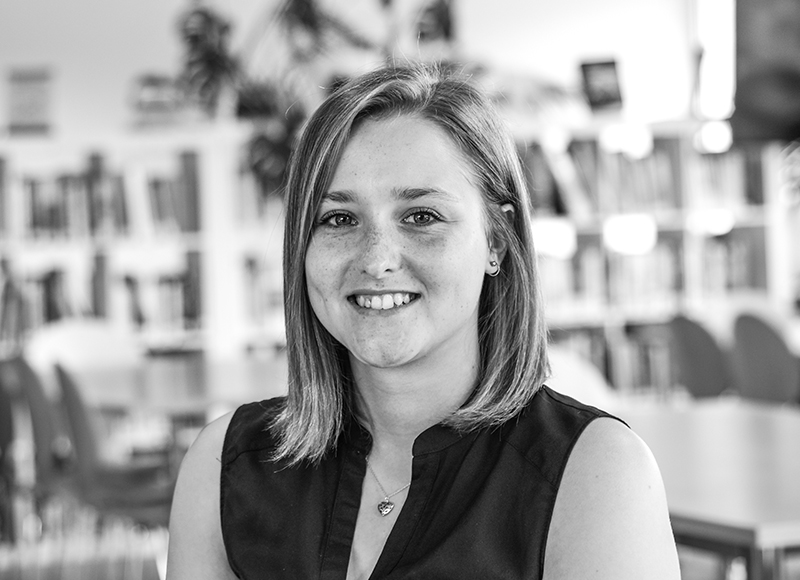Blog:
Eeny meeny miny moe
Android or Apple? Two years ago, I decided to replace my trusty brick and move into the world of clever telephones.... →
For general enquiries please contact us on
+44 1223 248888
enquiries2024@innoviatech.com
St Andrew's House, St Andrew's Road
Cambridge CB4 1DL United Kingdom
FIND US
What’s your daily routine like? Have you ever thought what it would be like for someone else?
What’s your daily routine like? Have you ever thought what it would be like for someone else?
We experience so much of our daily lives and routines through things. Whether it’s a product or packaging, services or spaces, physical or digital. As innovators, we are constantly driving to make these consumer experiences better, easier and more enjoyable.
Working in innovation and developing concepts, it can often be fast paced and exciting. We are persistently pushing ourselves, ensuring that we bring ideas to market before a competitor does. However, the rapid release of new products, shortened timescales and cost pressure can come with the sacrifice of consumer experience, achieving only the minimum of what is required. This can mean we push aside the small details which make a huge impact on accessibility of an everyday product. This can inherently cause lasting damage on a product or service brand through consumer frustration.
As designers, we are trained to empathise with consumers, understanding their needs, wants and beliefs, and taking a consumer–centric approach when developing concepts. Inclusive design is defined as “the design of mainstream products or services that are accessible and usable by as many people as reasonably possible, without the need for special adaptation or specialised design”. Having an inclusive consumer-centric approach enables designers to take into account the full range of human diversity including ability, language, culture gender and age.
I had never quite appreciated how much impact designing inclusively can have on an individual’s experience until recently. I had seen a handwritten letter from a consumer, soon after a more inclusive packaging design for a confectionery box had been rolled out across the UK. The consumer wrote to thank the team for the new design, as it enabled his wife to enjoy the product without difficulty opening or selecting her favourites. He explained past frustrations with other products on the market, but emphasised that the new design made such a difference, that they will be choosing this product over others in the future. What business wouldn’t want that?
It’s important to note that inclusive design is not the same as design for disability, which has connotations of products with overly large buttons. This can make people feel uncomfortable or sectioned out. The best examples of inclusive design don’t shout inclusive. This is because they are exactly that – inclusive. A design that embraces a really wide range of users, helping people with multiple abilities share the same consumer experience, rather than experiencing them separately. One of the most famous examples of designing inclusively is the Ford Focus. Designers dressed in third age suits, and were given gloves that restrict movement and glasses that mimic the yellowing of the cornea when testing their designs. The car has never been seen as a car for the elderly, nor was it marketed in this way, but it in fact sells incredibly well amongst elderly people, without affecting the enjoyment of using the car for younger users. It’s no coincidence that the Ford Focus is regularly one of the top selling cars in the UK.
Every design decision has the potential to include and exclude potential customers. Inclusive design has the ability to create better products with greater user satisfaction and commercial success. It’s important to consider the impact that your design can have on the consumer experience for people with a different perspective.

I am a naturally inquisitive person. I enjoy asking creative and interesting questions, getting to know people and their thoughts. As a product designer, my curiosity helps to get a deep understanding of consumer interactions with physical products and the digital world. Working in innovation allows me to get involved in a multitude of challenging projects, enabling me to widen my knowledge and use my skillset when communicating insights, creating a vision, and bringing ideas to life. In my spare time, I enjoy spending time outdoors, as well as experimenting with colour and pattern prints.